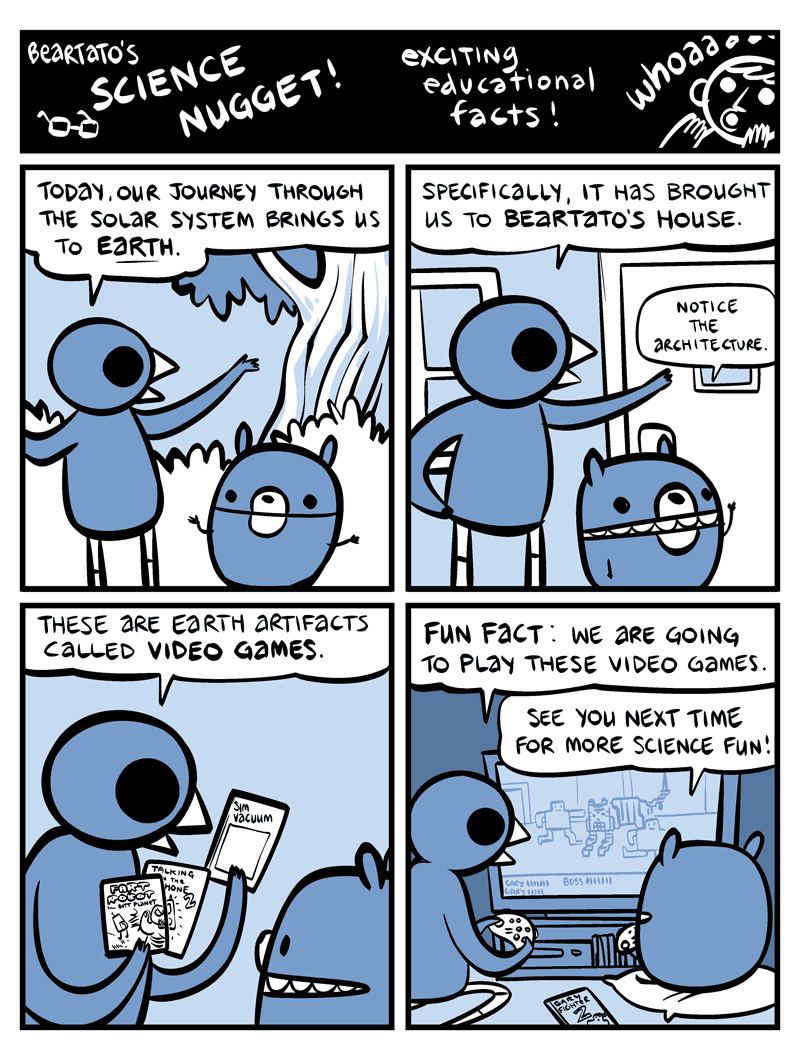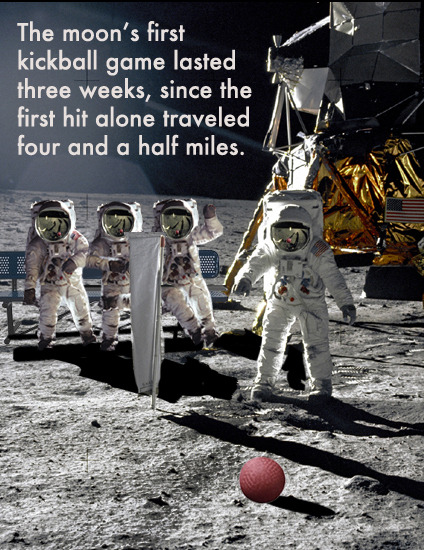This month's Accretionary Wedge topic, hosted by Dana at En Tequila es Verdad, is one near and dear to my heart: weird geology. To step back a bit, one might define weird as something decidedly outside or beyond typical human experience. Taking that as a working definition, nearly all geology is weird: the environmental conditions, rates of change, chemical reactions, as well as starting materials and end products are too hot, too high pressure, too slow, too extreme, too unusual, or too obscure to make sense without quite a bit of background. Conversely and paradoxically, the materials and processes are often so mundane that we simply don't notice them or pay attention to them. Just as the structures and behaviors of a spider or flowering plant are so day-to-day that few really look hard and try to understand these odd (from a human perspective) organisms, so too the never-ending passage of sand, silt, mud and dissolved material through a neighborhood stream goes unnoticed and unremarked. Yet millennia and eons of such mundane activity will result in breath-taking changes in the nearby landscape. From this perspective, I think it's fair to say that nearly all geology would be considered weird to most, and certainly to those with no training or background in the subject.
I think of myself impossibly lucky in that even with a considerable background, I can still look upon geologic processes and materials with such fresh eyes, and see the wondrous weirdness of such things with one part of my mind, even as I observe, analyze and hypothesize with another. Perhaps it's schizophrenic, but it pleases me to be amazed by things that generally make pretty good sense to me.
All that said, there is a matter of degree... there are definitely some rocks and processes that are more difficult to come to grips with. For example, I'm fascinated by komatiitite, a type of volcanic rock characterized by its extremely high magnesium content. It can be considered the volcanic equivalent of peridotite, just as basalt is the volcanic equivalent of gabbro. It was quite abundant in the earth's early history, but as the planet has aged and cooled, as its original dole of radioactive nuclides has decayed and decreased, the geothermal gradient has become too gentle to allow melts of this composition to reach the earth's surface. One can think of komatiite as an "extinct" rock type. It is preserved as lithic "fossils" in various places (I have had the opportunity to see some first hand in the Hill Lake quad between Temagami and Cobalt, in central Ontario), but not only is it no longer created, it no longer can be created.
But the weirdness I really want to address gets at the way we name things. Often, the way we do science can get in the way of better understanding- a characteristic shared with language generally. Words allow us to symbolize ideas we can share with others, and allow us to perform abstract operations on the symbols that we could not perform with the actual thing. But the utility and availability of those symbols also confines us. We tend not to think too much or too hard about things for which we do not have words.
Anyone who has had even a grade school lesson or few on geology knows the three rock types: igneous, metamorphic and sedimentary. A little more background, and one begins to grasp just how arbitrary the boundaries between those rocks types are, and how difficult it is to simply draw lines between them. Exactly how hot, and under how much pressure, must sedimentary rocks be, before miniscule changes in textures and mineralogy force us to conclude that the rocks must be considered metamorphic? In fact there isn't, nor can there be, any such precise definition. We learn to hedge; we create a new facies ("zeolite grade metamorphism") to delineate this intermediate stage. Never mind that the vast majority of zeolites and zeolite-cemented rocks I have dealt with are clearly the result of diagenesis, not metamorphism.
But at least we can assign all known rocks to those three classes, or their intermediaries, right? Well... maybe not so much. The term "metasomatic rocks" came up in only one of my classes, and only in passing. The term was not used at all in my economic geology class, where most of the rocks we discussed could be considered to be members of that group. The roots (meta=change, soma=body) imply a change in mass composition, differing from a common assumption in metamorphism, that the bulk composition of the rock is mostly fixed, but mineral phases and textures change in response to changing T & P. With metasomatic rocks (AKA hydrothermal rocks), certain elements/ions may be preferentially removed or deposited as their solubilities change due to changing temperature of transporting water/water vapor/hydrothermal fluid. Even the concept of liquid and gas become fuzzy at high enough temperatures and pressures. For example, above a temperature of about 375 C, water behaves as a gas; at or slightly below that so-called critical temperature, it requires a pressure of 218 atmospheres to maintain a liquid state. So what happens if both T and P exceed those values? You have what is called a supercritical fluid, one which has a density nearly that of liquid water, but a behavior more like that of a gas. And one that is very, very reactive with many minerals. A graph of SiO2 solubility (both quartz and amorphous silica) can be seen here (~500 kB PDF). Note that under the conditions we are accustomed to, SiO2's solubility is essentially zero; somewhere around 325-350 C, it hits a maximum of about 600 PPM for quartz to 1600 PPM for amorphous silica.
I do not currently have any photos of vein quartz, so I snagged this one from Callan's class notes for Geol 135; follow the link for a full description, about halfway down the post.
 So should this quartz vein be considered igneous, metamorphic or sedimentary? It crystallized from a hot, silica saturated fluid, like an igneous rock, and the textures are most similar to igneous textures. But that fluid was water, so perhaps it should be considered a chemical sedimentary rock. On the other hand, the conditions of high T & P are suggestive of metamorphism, and the mineralogy is more like metamorphic rocks than most we would consider igneous or chemical sedimentary. How do we resolve this conundrum?
So should this quartz vein be considered igneous, metamorphic or sedimentary? It crystallized from a hot, silica saturated fluid, like an igneous rock, and the textures are most similar to igneous textures. But that fluid was water, so perhaps it should be considered a chemical sedimentary rock. On the other hand, the conditions of high T & P are suggestive of metamorphism, and the mineralogy is more like metamorphic rocks than most we would consider igneous or chemical sedimentary. How do we resolve this conundrum?This is not a trivial question. While metasomatic/hydrothermal rocks are fairly uncommon, I would not really consider them rare. And while (taking an educated guesstimate) I suppose they probably make up a fairly small fraction of a percent of rocks exposed on the planet's surface, they are extremely important economically. The same processes that dissolved quartz from one region and redeposited it in concentrated form in the vein above can do exactly the same thing with a variety of other materials and elements. Think gold, copper, silver, zinc, lead, barium, and many, many others- our sources of these materials are largely places where moving hot water has concentrated them to a degree and in a location where they can be extracted profitably.
I don't have a sense that there is widespread acceptance of "metasomatic rocks" as a valid class at the same level as the big three, but at least one person (I think it was @stressrelated, but I'm not positive) has said the text they use considers that class as a fourth rock type.
So that gets all the unrecognized rock types, right? Well, maybe not so much. Again, as always, I cannot speak for the geologic community; I can only say I've spent some time thinking about this and toss my ideas out there. If anyone finds them useful, super! If they need to be criticized or shot down outright, I'm open to hear/read the reasons. But I would suggest there are at least two more rock types that we may need to consider. The first is vanishingly rare, the second fairly common but short-lived, in the earth environment. And since there are not widely accepted words for these rock types, I have to give them my own names: let's call them sublimate and cryologic rocks.
Sublimate rocks would be those that crystallize directly from a gas to a solid. On earth, sulfur is probably the most important sublimate rock (though most of it is mined from and resides in other rock types). The Big Picture had a striking gallery a couple of years ago of sulfur mining in Indonesia; I'm pretty confident that most of the sulfur condenses from fumerolic gases- though some may have remelted, and would thus be considered igneous. But thinking about the still bigger picture, if my understanding is correct, nearly all the solid matter in our solar system was originally gaseous effusions from an earlier generation of stars. Those gases crystallized to form dust and chondrules, the primordial building blocks of the terrestrial planets. So while sublimate rocks and minerals may be of miniscule importance on earth today, understanding them may be of fundmental importance in comprehending the history of our solar system and our home.
Cryologic rocks would be those that are made of frozen material that would be gas or liquid under the conditions with which we're most familiar. The biggest deposits of these on our modern world are in Greenland and Antartica: ice. But again, many moons from Jupiter outward have a large component of frozen water, ammonia, and hydrocarbons. Recognizing and understanding this rock type and the kinds of processes, chemical reactions and depositional patterns that can occur in it will be of critical importance to understanding what has happened and is happening today in the cooler parts of our solar system.
I'd like to develop this more, but it's already late: it was due yesterday. I'm tired and exasperated with Firefox, my computer and the Interzone Wifi. I'm going home, where I haven't had a wifi connection for a few weeks. But I hope this tweaked your imagination a little, and made you think about the idea that I mentioned near the beginning: that naming things is very useful and very powerful, but it can become limiting when you feel as if you've named everything important. You probably haven't, and if you don't have a word for it, you will tend to be blind to it.
How many rock types have yet to be named?

































































































